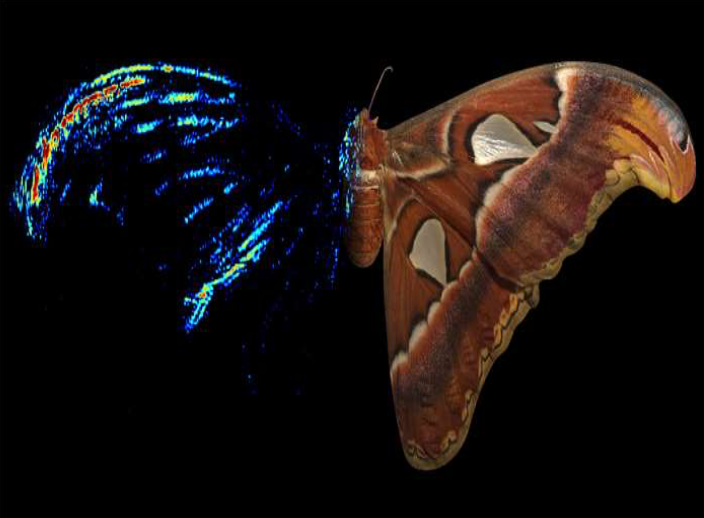News by Swasti Sharma
England, Sep 11: The researchers at the University of Bristol have discovered that the wingtips of some large and strong winged silkmoths (saturniid moths) were rippled and folded. They also noticed that these unique structures were reflecting sound. This implies that a bat hunting using decoy acoustic – relating to sound; decoy – intended to attract other’s attention and deceive them.
In some species of silkmoths, it is found in the hindwings and some in the forewings. To test this theory they recorded echoes of the moths from over 10,000 angles and found it was stronger on the folded and rippled wingtips than that of the body. So a new defensive strategy against bats is identified among certain species of silkmoths.

Credits: Thomas Neil and M. Holderied

